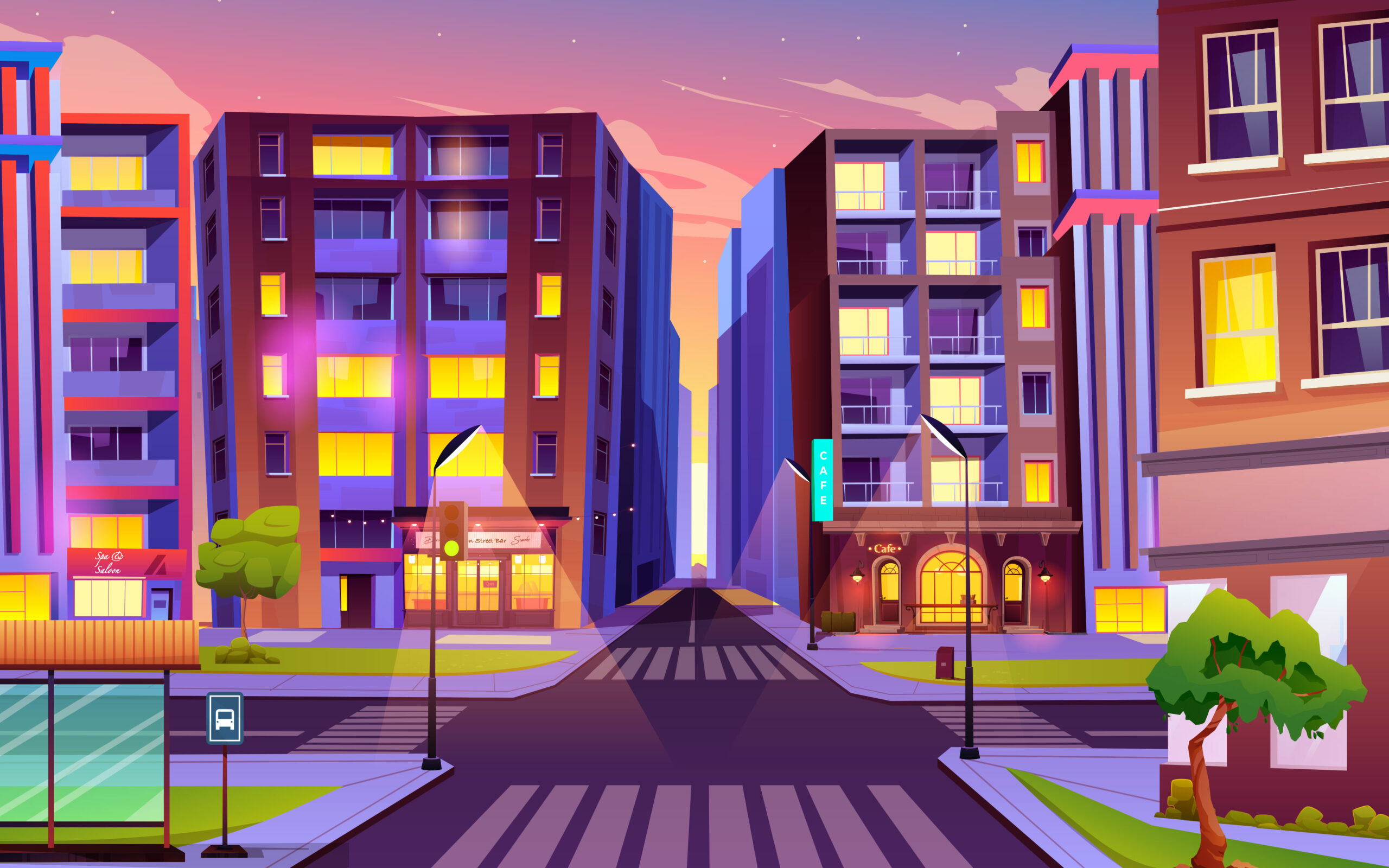The cost of real estate impacts where we live, work, and play. There are a number of factors that help predict the price of real estate. Every group has its own unique view of the weight of these factors in a given market. Zoning is a crucial leading indicator of real estate prices.
Real estate prices rise when demand increases faster than supply. The most common way real estate prices increase is due to limited supply. Even if demand stays constant, the more supply is limited, the more prices increase. If it’s economical to build, then supply will increase to match demand.
Zoning
If you live in a residential neighborhood, you don’t want someone to build a skyscraper next door. You also likely wouldn’t want someone to open a nightclub next door… unless you really like to party.
Neighborhood associations typically form to push back on new developments in their neighborhood. No one likes the sound of construction in the morning nor the dirt and pollution that come with it. People say, “Sure, go and build, just not in my backyard.” It makes sense.
American Building Code
International building code (IBC) determines the vast majority of zoning throughout the US. It’s a huge reason for the proliferation of the 5 over 1 buildings illustrated above. The same zoning code results in the same loopholes to create the most profitable real estate. OEMs and developers then optimize around processes for building this type of real estate. For better or worse, America is now full of 5 over 1 buildings.
American Zoning
Zoning is the fastest way to artificially limit supply. Much has been written on NIMBYs (not in my backyard). If no one allows new construction near them, then real estate prices go up for everyone. NIMBYism near term benefits those who own land. But it can also harm them if their real estate taxes go up so much that NIMBYs can’t afford to live in the neighborhood they “protected.”
More importantly, it hurts people renting and those looking to move to the area. The effect of NIMBYism is a higher cost of living for everyone. With the cost of all real estate rising, restaurants and businesses must raise their prices to cover the costs. Many have to move to the outskirts of cities due to affordability.
NIMBYs in America lead to places like the bay area, where infamously, around 90% of San Francisco can’t build above three stories. There are thousands of acres of barren hills with a couple of cows on them that are “environmentally protected” lands, which led to the exorbitant costs of Silicon Valley. Along with this limited supply, permits to build new housing have been trending down for decades.
NIMBYs control most of American real estate. It makes real estate a zero-sum game where only a select few get to enjoy an area. Anyone new who wants to join has to pay exorbitant costs.
Alternative Zoning
What’s cool about real estate is that experiments are constantly being run worldwide. We can see what works vs what doesn’t work.
Imagine if you could build and plan a city from the ground up, Sim City style. These are master-planned communities. The Irvine Company was one of the first to do it in America by donating land to create the University of Irvine and leasing out the land around the university.
There are numerous others, like Howard Hughes, who have built master-planned communities from the ground up. There’s a vision in these cities. They were designed by professionals who study how cities work and think of the flow of people and how people live. They’re our modern-day Robert Moses, except they don’t have to displace people to create their vision.
Master-planned communities are great. But they’re top-down.
A competent philosopher king will always be better than a democracy. This is why CEOs run companies. However, on a hundred-year-plus timeline, companies almost always fail. We need to decentralize power to create longevity.
Tokyo Zoning
Tokyo’s population has increased over the last two decades, but real estate prices have remained stagnant. The Tokyo model has proven to keep the cost of real estate down.
Tokyo does ultra-localized street-by-street zoning. Larger projects that affect sunlight, congestion, pollution, noise, or aesthetics are decided by a few-block radius. Outside developers find local communities easier to work with vs city-wide boards. This allows for experimentation.
Ultra-localized zoning also allows groups to coalesce around desired lifestyles. Imagine blocks for parents with options for daycare plus lodging for long in-law visits. Blocks for yuppies with lax noise ordinances, smaller homes, and more entertainment venues. There could even be a block designed for early birds or for night owls where everything is open late and noise before noon is prohibited.
There are costs to ultra-localized zoning. The skyline isn’t as beautiful. The design will be random. But the upsides will be access to a wider variety of stores and entertainment that will be within walking distance.
The biggest upside of ultra-localized zoning is the cost of real estate. Despite the population of Tokyo increasing over the last two decades, the cost of real estate has stayed essentially flat.
Building for the Future
In most cities, the easiest way to slow the increase in real estate prices would be by fixing zoning. A close second is fixing rent control. It could be that the optimal city is first run by one person top-down (master planned community), and mechanisms are in place to decentralize over time. The city would be intentionally designed and then sustained for generations.
People need long enough time horizons to care for future generations instead of the near-term NIMBY upside.
